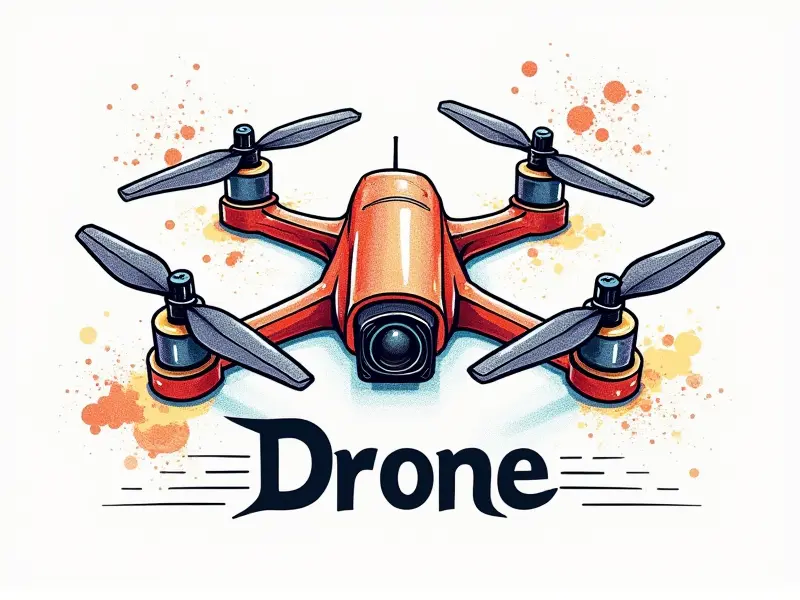FM radio transmitter

FM Radio Transmitter Guide: Enhancing Your RC Experience with Advanced Technology
Welcome to our comprehensive guide on FM radio transmitters. Whether you're an experienced hobbyist or a beginner looking to dive into the world of remote control (RC) flying, this article will provide valuable insights and practical tips to help you make the most out of your FM technology.
Top 5 FM Radio Transmitters Reviewed
In today's market, there are numerous options available when it comes to choosing an FM radio transmitter for RC applications. Here is a list of some of the top-rated models that stand out in terms of performance and reliability:
- Model A: High-Performance Range
- Model B: Budget-Friendly Option
- Model C: Advanced Features
- Model D: Compact and Lightweight Design
- Model E: Long-Range Transmission
Each model offers unique features tailored to specific needs, ensuring that there is an ideal transmitter for every RC enthusiast.
Best Practices for FM Transmission in RC Flying
To ensure optimal performance and longevity of your FM radio transmitters during RC flying sessions, follow these best practices:
- Proper Antenna Alignment: Ensure that the transmitter's antenna is properly aligned to maximize signal strength.
- Avoid Interference Sources: Keep away from metal objects and other electronic devices that can cause interference.
- Maintain Battery Levels: Regularly check battery levels in both the transmitter and receiver to avoid sudden power drops.
Enhancing Your RC Experience with FM Technology
The integration of FM technology into remote control devices has revolutionized the hobbyist experience. Here are some ways FM transmitters can enhance your RC flying:
- Improved Control Precision: Enhanced signal quality allows for smoother and more responsive aircraft maneuvers.
- Extended Range: Modern FM transmitters offer longer transmission ranges, enabling you to fly farther from the ground station.
- Simplified Setup: User-friendly interfaces make it easier to configure settings and get started quickly.
DIY Guide: Building Your Own FM Transmitter
If you're interested in customizing your RC setup or want to understand the inner workings of an FM transmitter, building one from scratch can be a rewarding project. Here’s how:
- Gather Components: Collect all necessary electronic parts such as microcontrollers, antennas, and power supplies.
- Soldering Connections: Carefully solder components together following the schematic diagram.
- Programming Firmware: Write or download firmware to control signal transmission.
FM Transmitter Range and Signal Quality Explained
The range of your FM transmitter is determined by several factors including antenna design, power output, and environmental conditions. Understanding these aspects can help you optimize performance:
- Antenna Design: The type and length of the antenna affect signal propagation.
- Power Output: Higher wattage transmitters generally offer better range but consume more power.
- Environmental Factors: Obstructions like buildings, trees, or other electronic devices can reduce effective range.
Troubleshooting Common Issues with FM Transmitters
Even the best equipment can face issues. Here are solutions to common problems encountered with FM transmitters:
- Intermittent Signals: Check for loose connections or interference from other devices.
- Poor Range: Adjust antenna orientation and ensure clear line-of-sight between transmitter and receiver.
The Benefits of Adding an FM Transmitter
Incorporating an FM transmitter into your RC setup offers numerous advantages, including:
- Better Control Precision: Enhanced signal quality translates to more accurate control over your aircraft.
- Extended Range: Modern transmitters can extend operational range significantly.
- Simplified Setup: Advanced models often come with user-friendly interfaces and pre-configured settings.
Maximize Range with These FM Transmitter Tips
To get the most out of your FM transmitter's range, consider these tips:
- Select Appropriate Frequency Band: Choose a frequency band that is less crowded and offers better propagation.
- Increase Antenna Height: Elevating the antenna can improve signal coverage.
Secrets to Perfect FM Transmission
Achieving flawless transmission requires attention to detail. Here are some insider tips:
- Use High-Quality Components: Invest in reliable parts for better performance and durability.
- Maintain Clean Connections: Regularly check and clean solder joints and connectors.
DIY FM Radio Transmitter Setup Guide
Building your own FM transmitter can be a fun and educational experience. Follow this guide to get started:
- Design Layout: Sketch out the layout of components on a breadboard.
- Solder Components: Carefully solder each component according to your design.
- Test Functionality: Power up and test the transmitter for proper operation.
Boost Your FM Signal with Easy Tips
To enhance signal strength, try these simple techniques:
- Optimize Antenna Placement: Experiment with different antenna positions to find the most effective orientation.
- Add Amplification Circuits: Incorporate amplifiers into your transmitter setup for increased power output.
Conclusion
In conclusion, FM radio transmitters play a crucial role in modern RC flying. By understanding the nuances of these devices and implementing best practices, you can significantly enhance your RC experience. Whether you're looking to purchase a high-quality transmitter or build one yourself, this guide provides valuable insights and tips to help you achieve optimal performance.

